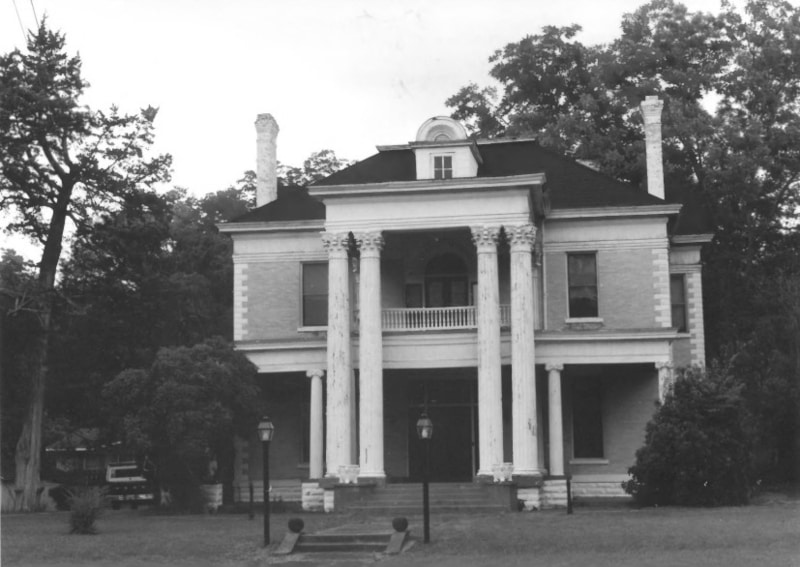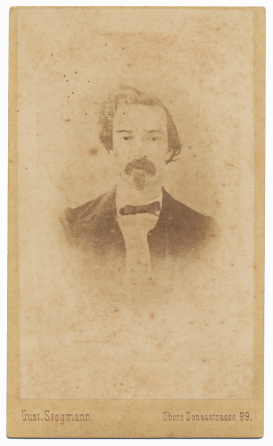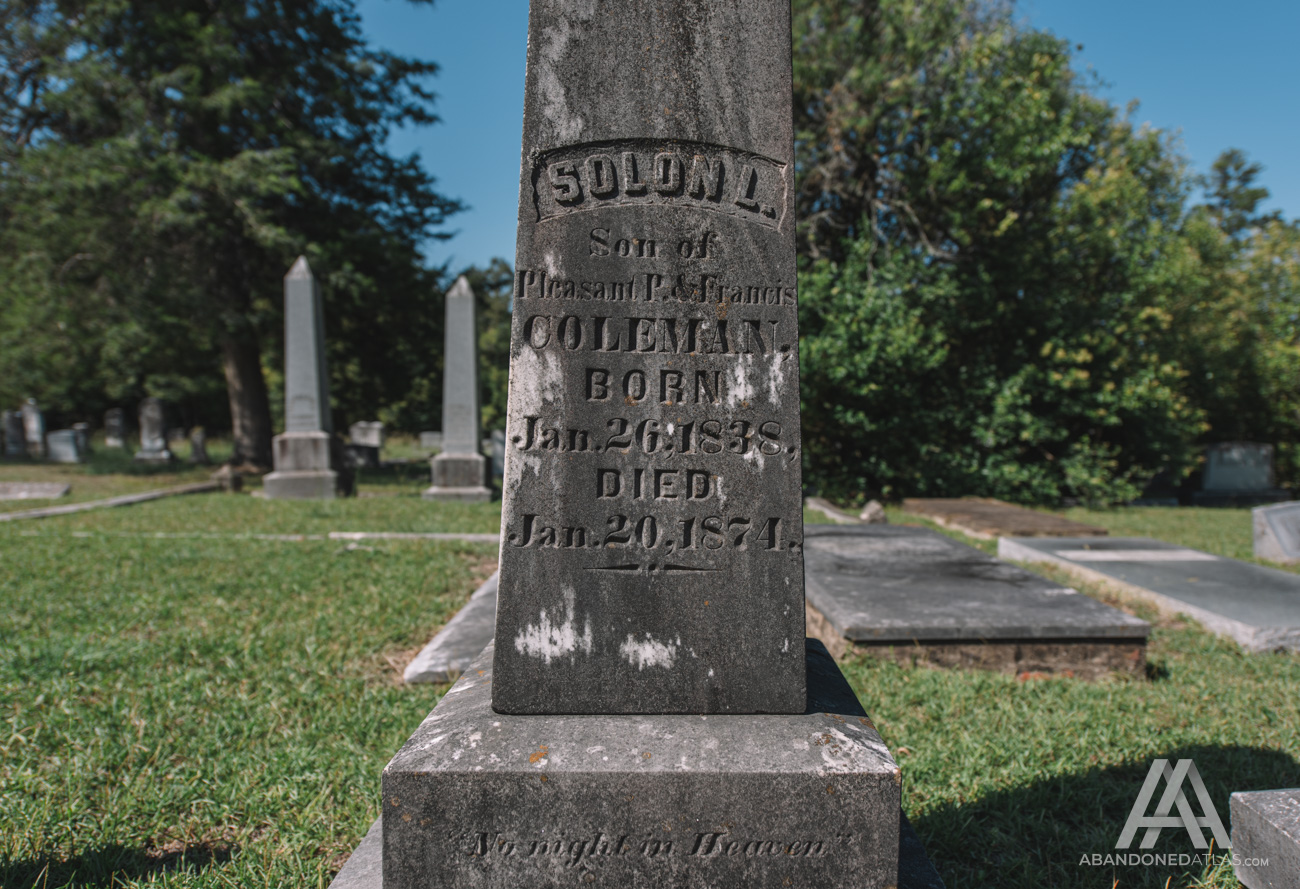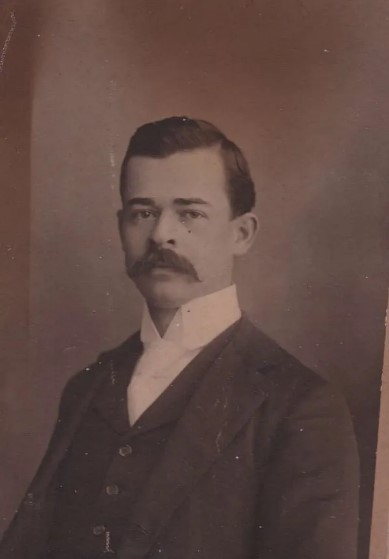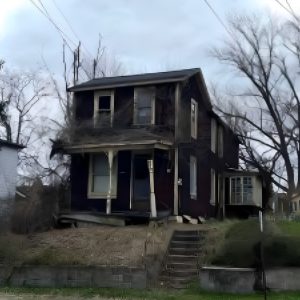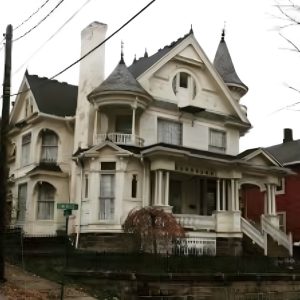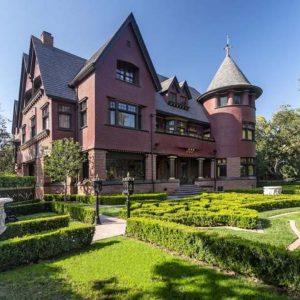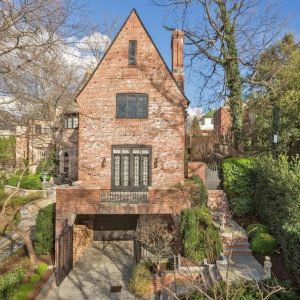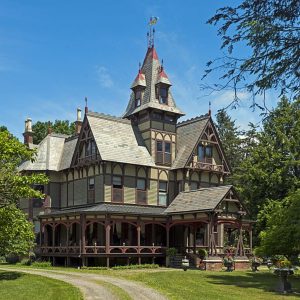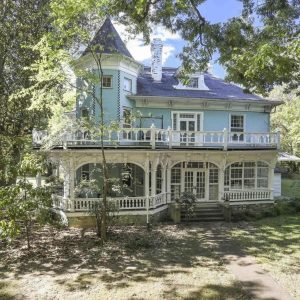Solon Lycurgus Coleman Sr.
Co-Nita Manor, also known as the Coleman-Brunson House, was built circa 1909 in the Neo-Classical Revival style by Dr. Solon Lycurgus Coleman.
His father, Solon Lycurgus Coleman Sr., served in the Confederate Army, enlisting as a Private in Company D, 4th Alabama Infantry. During the Battle of Fredericksburg, he was severely wounded in the right leg. His brother was Major Thomas K. Coleman who was killed at the Battle of Chickamauga in 1863.
He returned to service in late-1864 and was made purchasing agent for the Division Hospital in 1865. The 4th Alabama Infantry Regiment was organized in Georgia in May 1861 and fought until Robert E. Lee surrendered it at Appomattox Court House in Virginia in 1865.
Dr. Solon Lycurgus Coleman Jr.
After returning from the war, Dr. Solon Lycugus Coleman, Sr. and his wife Rosa Scott Coleman had three children; Dudley Pleasant, Robert E. Lee, and Solon Lycugus Coloman Jr. Coleman Jr. was born in Uniontown on May 22, 1874. He never knew his father, who died four months earlier in January 1874 at the age of 35. Dr. Solon Lycurgus Coleman, Sr. is buried in Uniontown in Rosemont Cemetery.
Dr. Solon Lycurgus Coleman Jr., following in his father’s footsteps, studied medicine and had the distinction of receiving the first degree in pharmacy to be issued from Alabama Polytechnic Institute, now known as Auburn University.
Having lived in nearby Faunsdale, he moved to Uniontown in 1899, taking a position as the city’s health officer during an outbreak of smallpox. Vaccines were administered at his office located above the dry goods and mercantile store of Julius Marx at the corner of Water and Front Streets. Coleman later married Julius’ sister Estelle in November 1901, though she suddenly died a little more than a year later on January 14, 1903. He remarried Martha Ida McGinniss Brown in 1927.
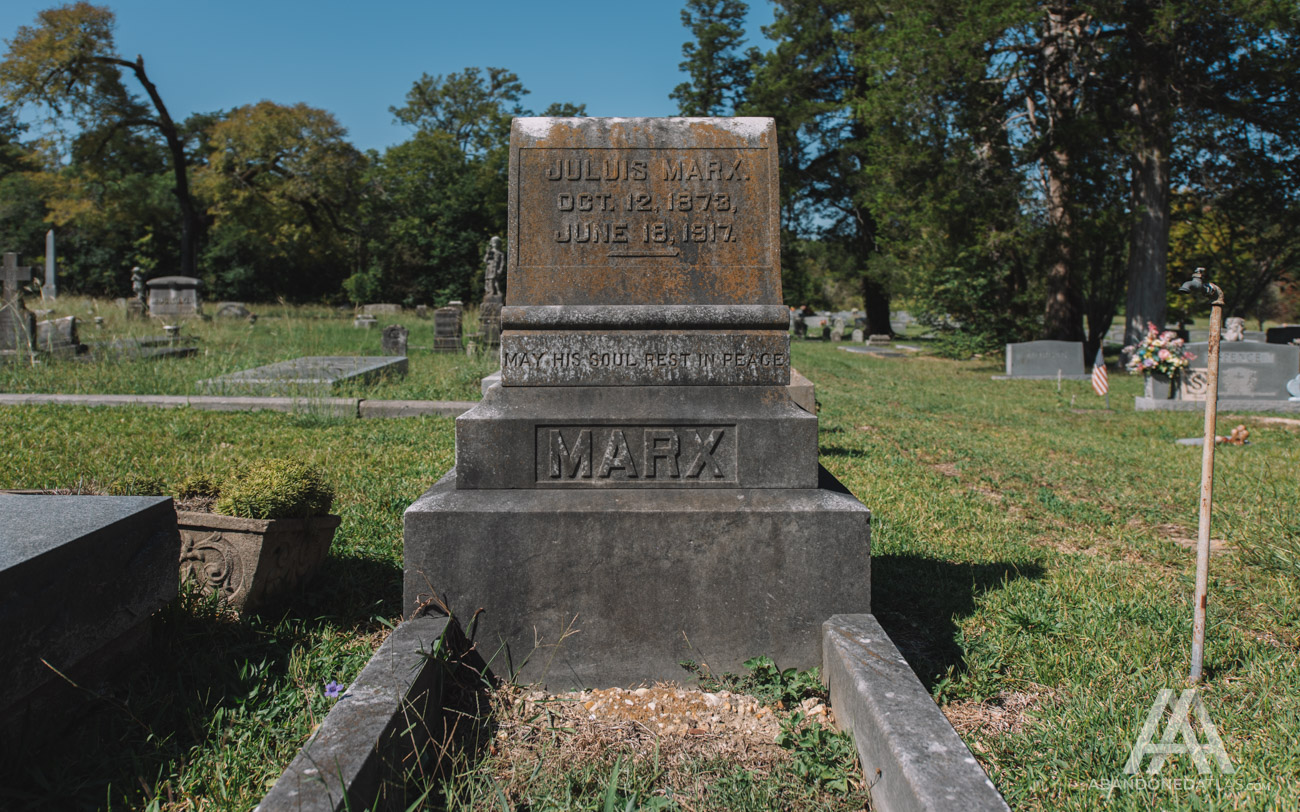
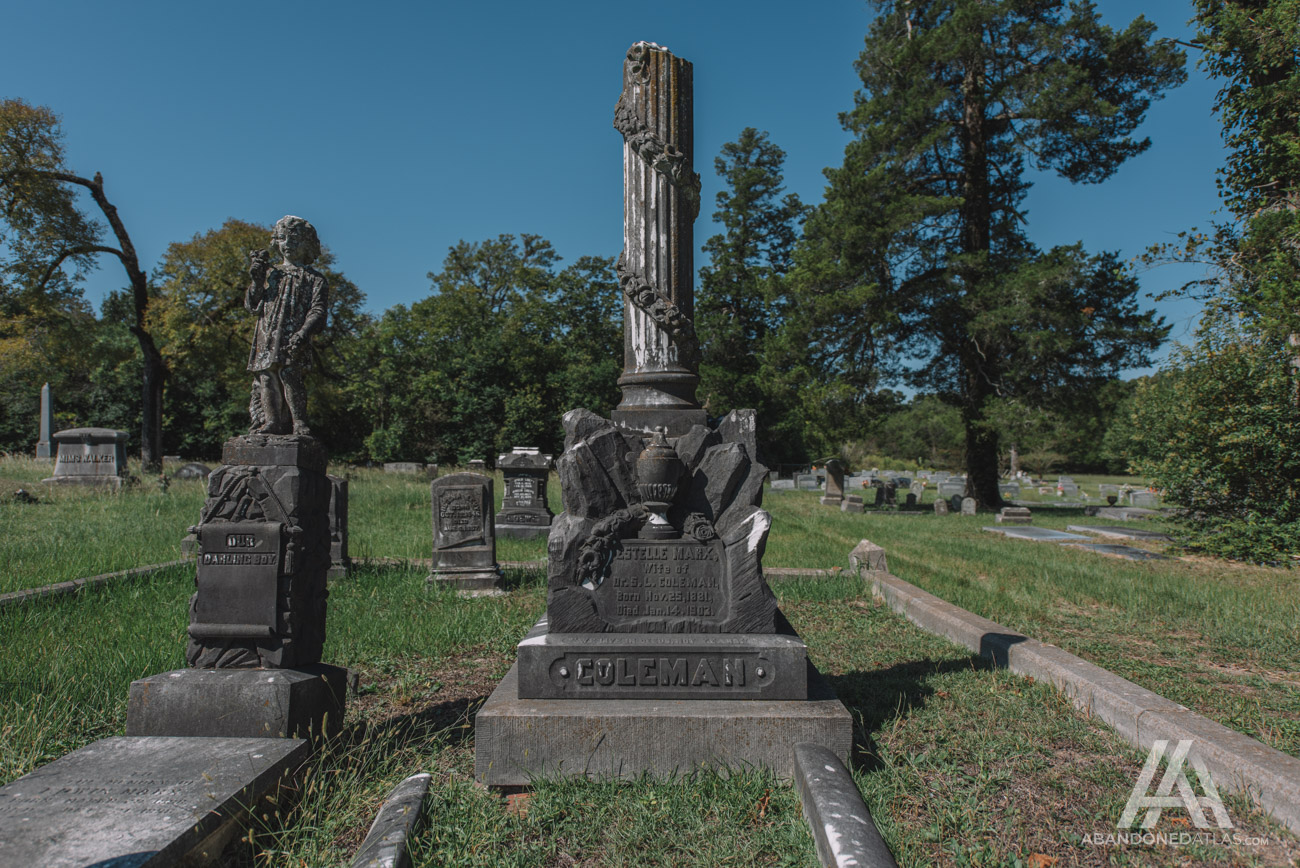

Co-Nita Manor
In February 1906, Solon Lycugus Coleman Jr. purchased a lot in Uniontown adjacent to the historic Holy Cross Episcopal Church on Franklin Street to build a home for his family. Between 1906 and 1909, Coleman oversaw the construction of his Neo-Classical home known as Co-Nita Manor. Coleman and his family lived at Co-Nita Manor until his death on June 4, 1938. The home was later owned by the Brunson family.
Recognized officially as the Coleman-Brunson House, Co-Nita Manor was listed on the National Register of Historic Places in 2000 alongside another Neo-Classical Revival style house, the Hardie-Coleman House, as a contributing structure of the Uniontown Historic District.
Co-Nita Manor is described by the National Register of Historic Places as a “large two-story brick veneered dwelling with a low-pitched hipped roof with a central hooded dormer, three-bay facade, and central double-leaf entrance with full transom and sidelights.
The second-floor central bay features a fanlight and sidelights, a dominant full-height portico with paired Corinthian columns supporting a flat roof, balcony, and wide cornice, the full-width one-story porch is supported with small Corinthian colonettes, side porte cochere, decorative quoins, and exterior corbelled chimneys.”
